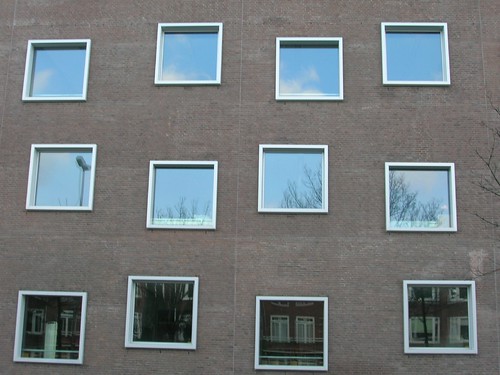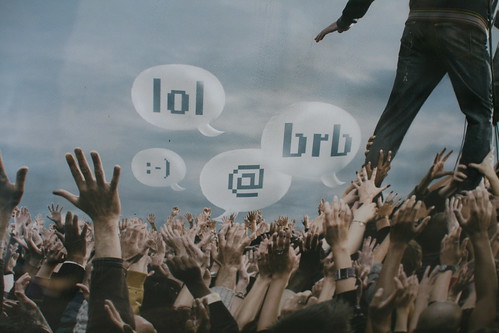In "Ships in the Night (Part I): Design Without Research?" (ACM interactions, May/june 2009), Steve Portigal addresses the role of user research in design. He points this interesting example of people/companies who mistook how to to carry out research, see this quote from a book he mentioned:
"[T]hey put a design in front of customers and say, “What do you think?” And the customers say, “Well I don’t know; I don’t know if I like this; it’s new; it’s scaring me; it’s too big; it’s too round; it’s too square.” That’s the kind of response you get. People who use this kind of research come back and say to the designers “People think this is too square-you’ve got to make it more round.” Most customers have a hard time articulating their design preferences. You can do far better by watching, listening, and observing."
And here is what Steve says:
"I’m a big fan of “what do you think?” questions because they let the participant respond on their own terms first. But to be effective, there’s much more to consider: What do people tell you first; how do they tell you; what reasons do they give; how can you triangulate that response against other things you’ve learned about them; and how can you help them get to a point where they’re engaged enough in this new idea to give a meaningful response? And of course, we don’t have to take these answers literally and make our design more square or more round; we can see that those responses are trailheads to follow for a deeper understanding of how this new thing is or isn’t making sense to them."
Why do I blog this? This is an interesting problem I often encountered when chatting with people/companies who express some concern/skepticism about user research. The conversation sometimes lead to a similar discussion about "we have done it, we asked people what they wanted and it did not work". There seems to be a confusion between user-centered design and asking people what they want/need.



















 People interested in design process and deliverable should read "
People interested in design process and deliverable should read "